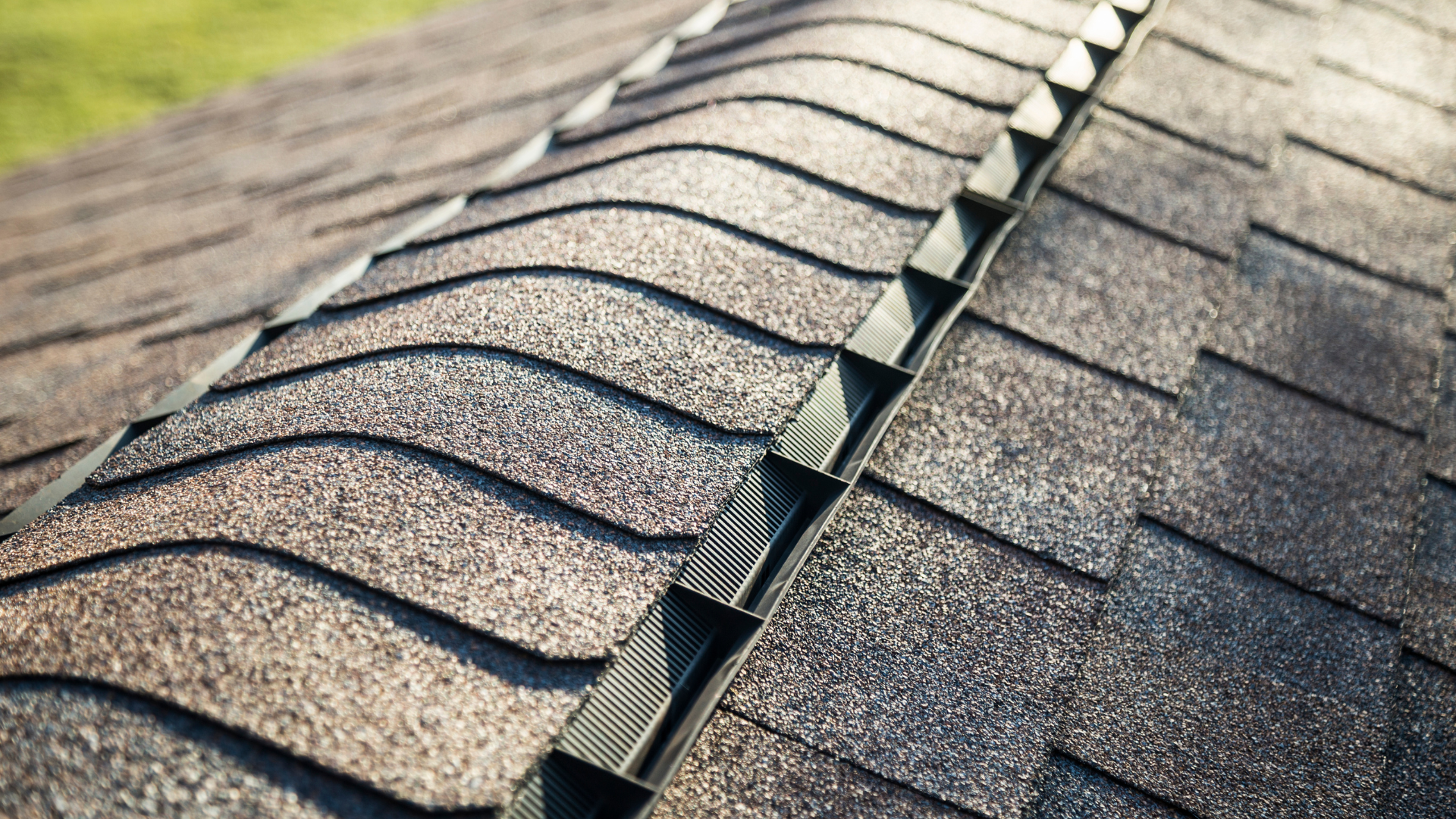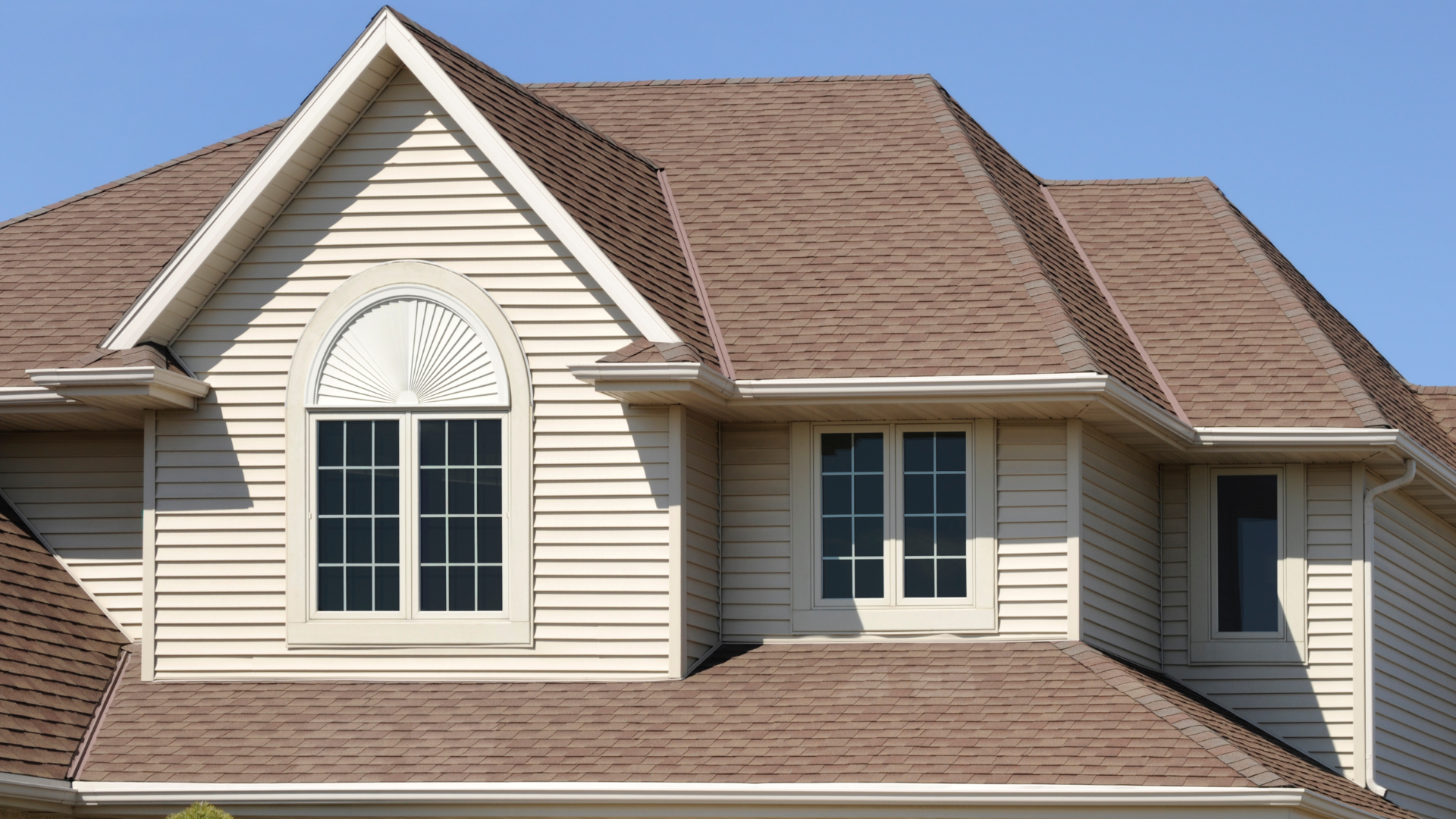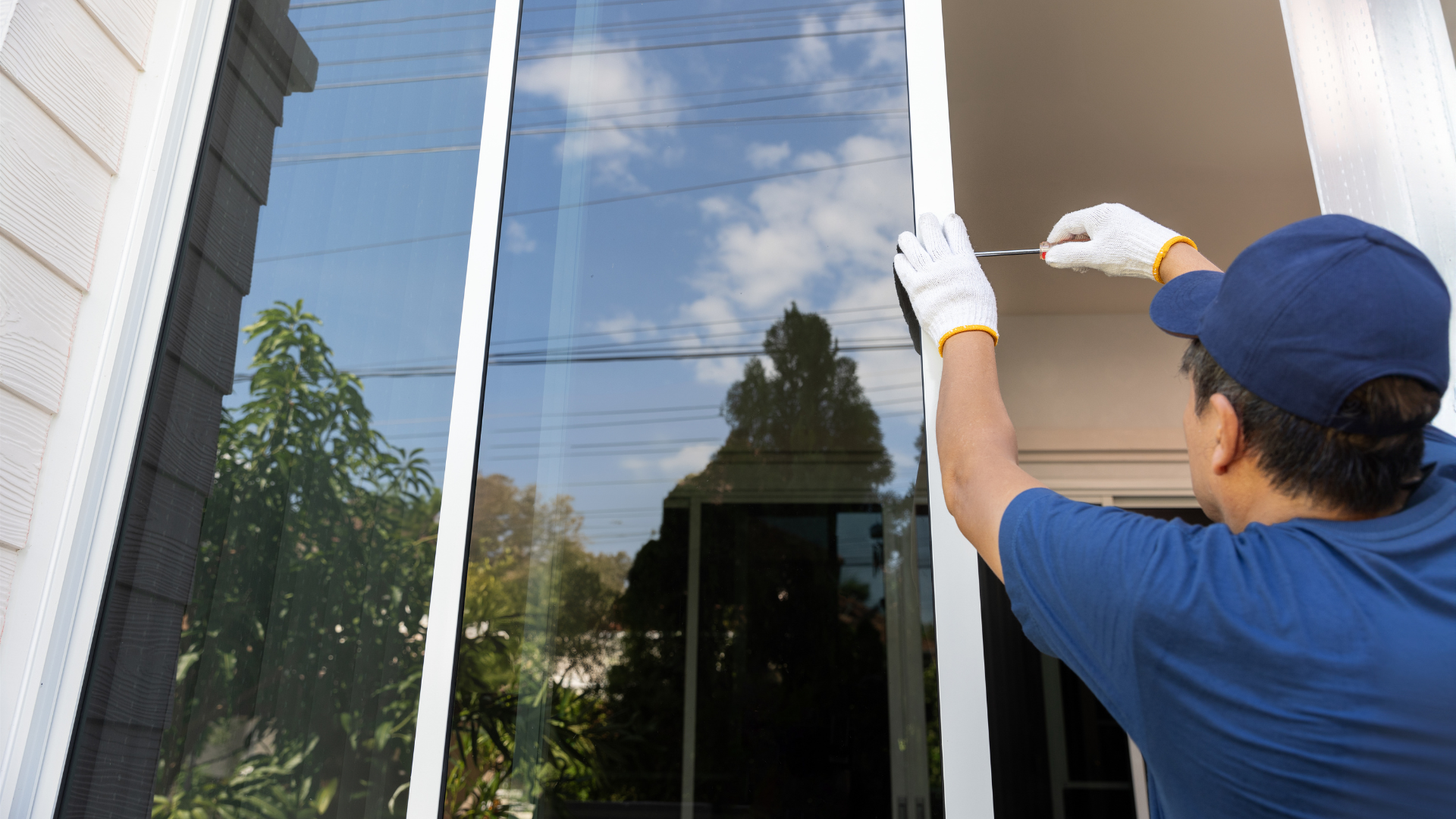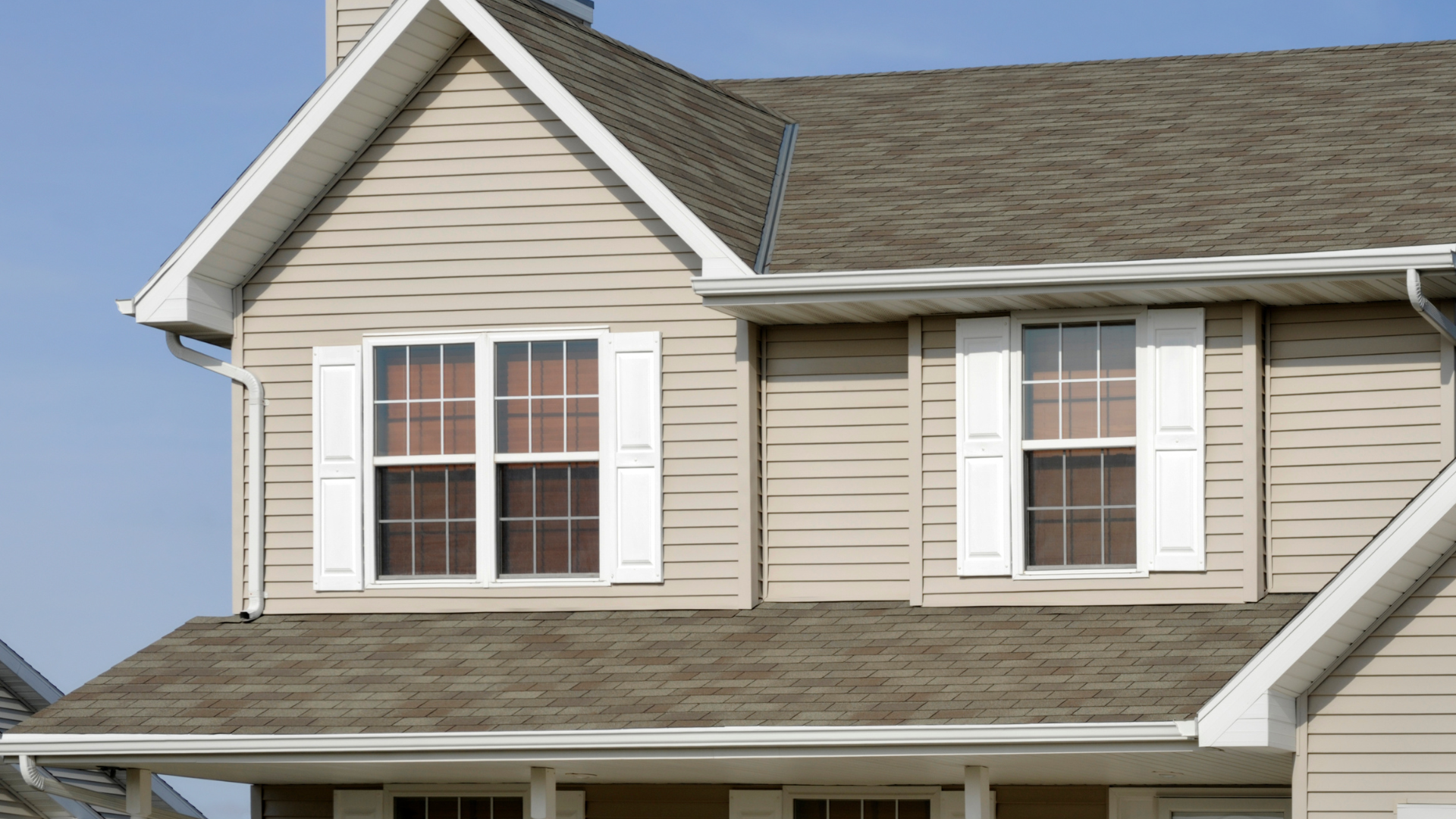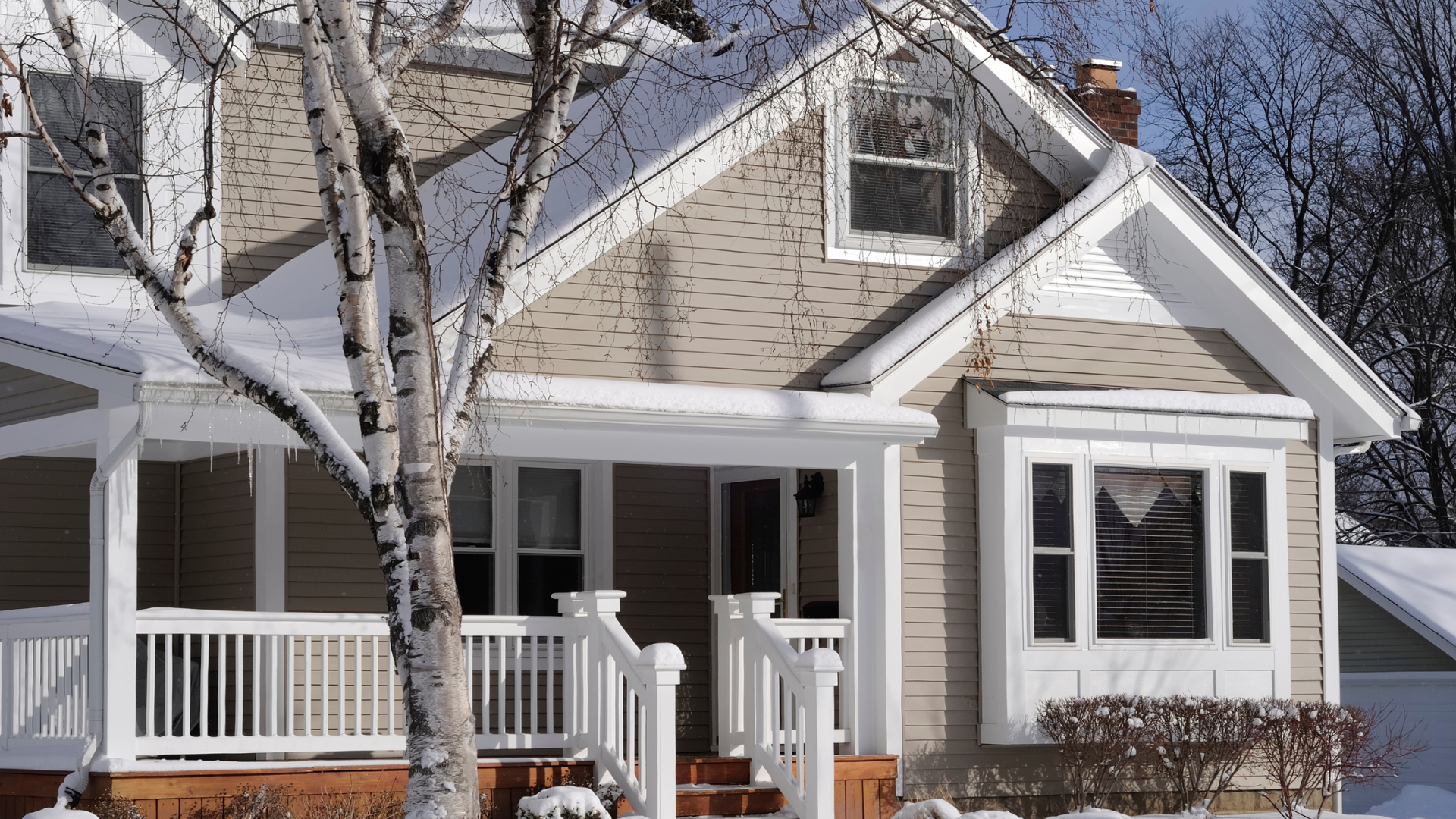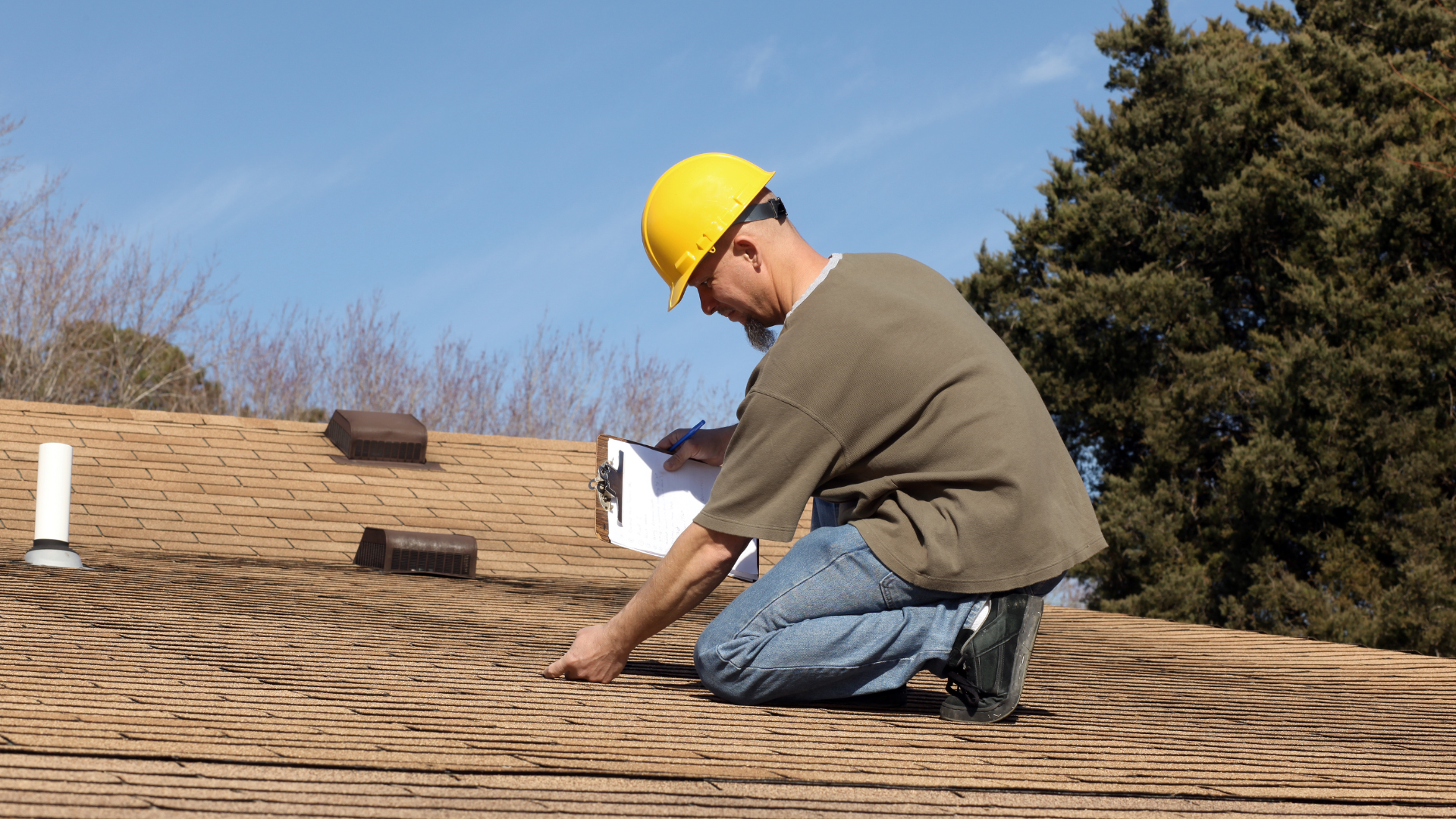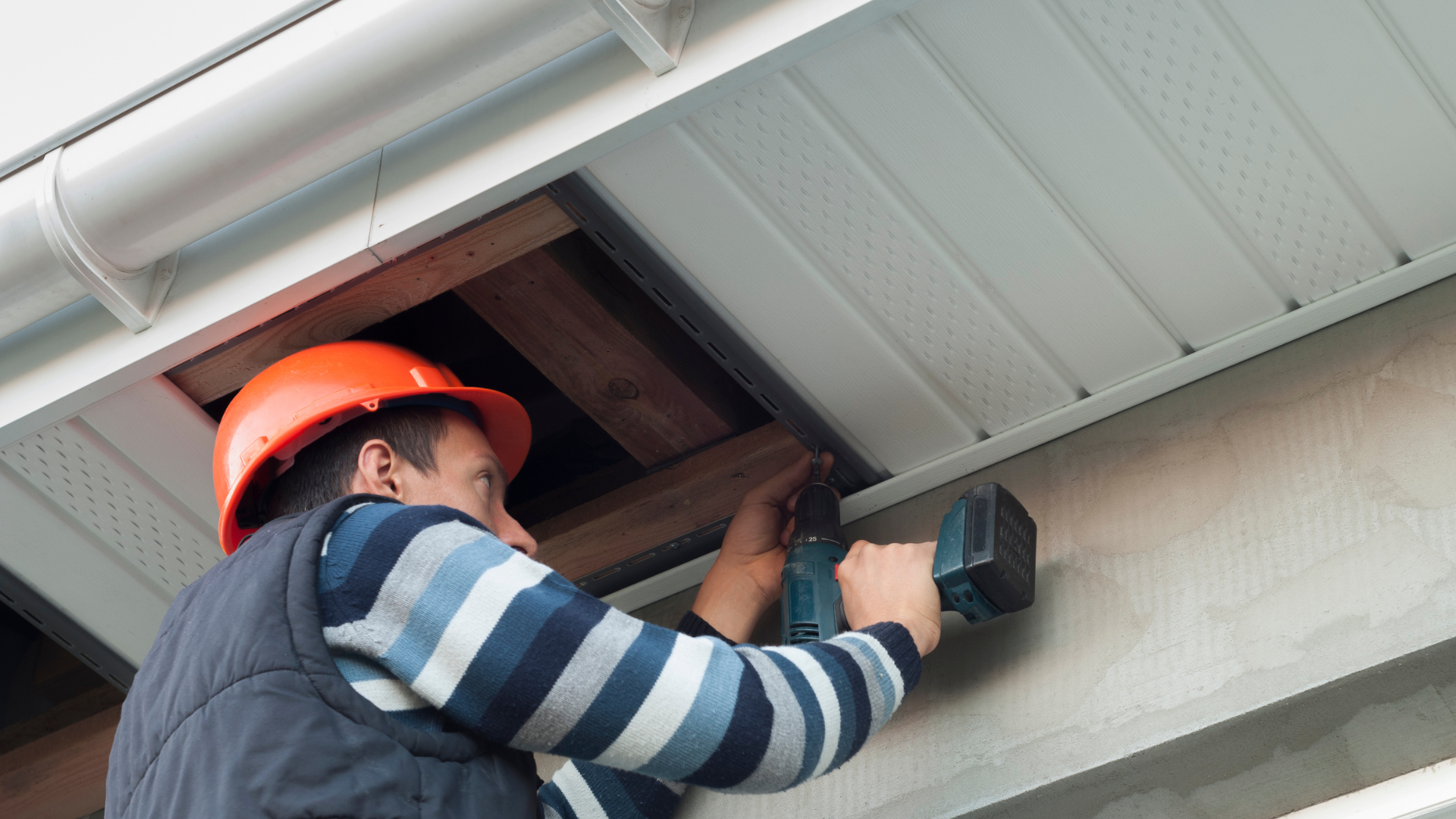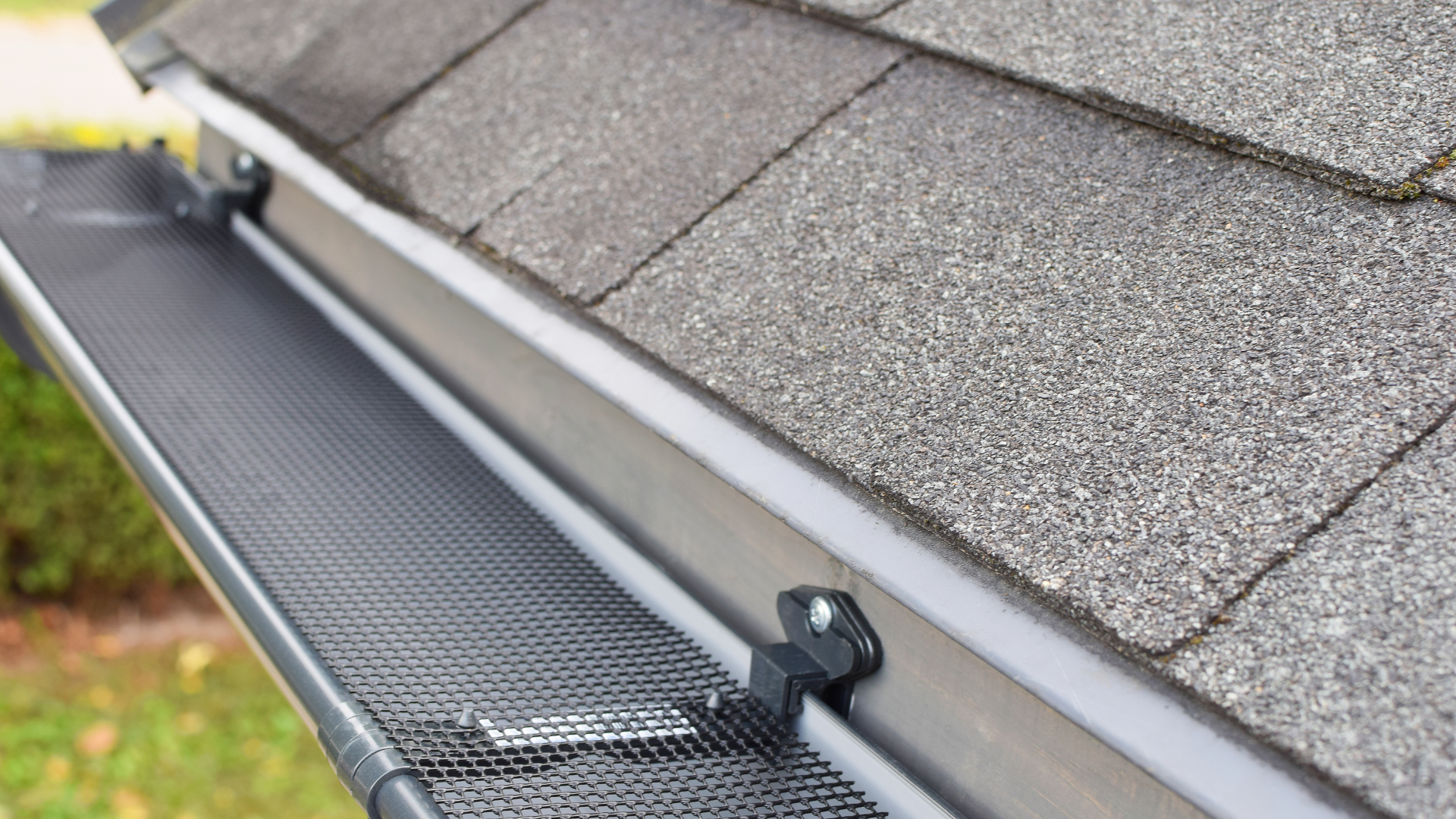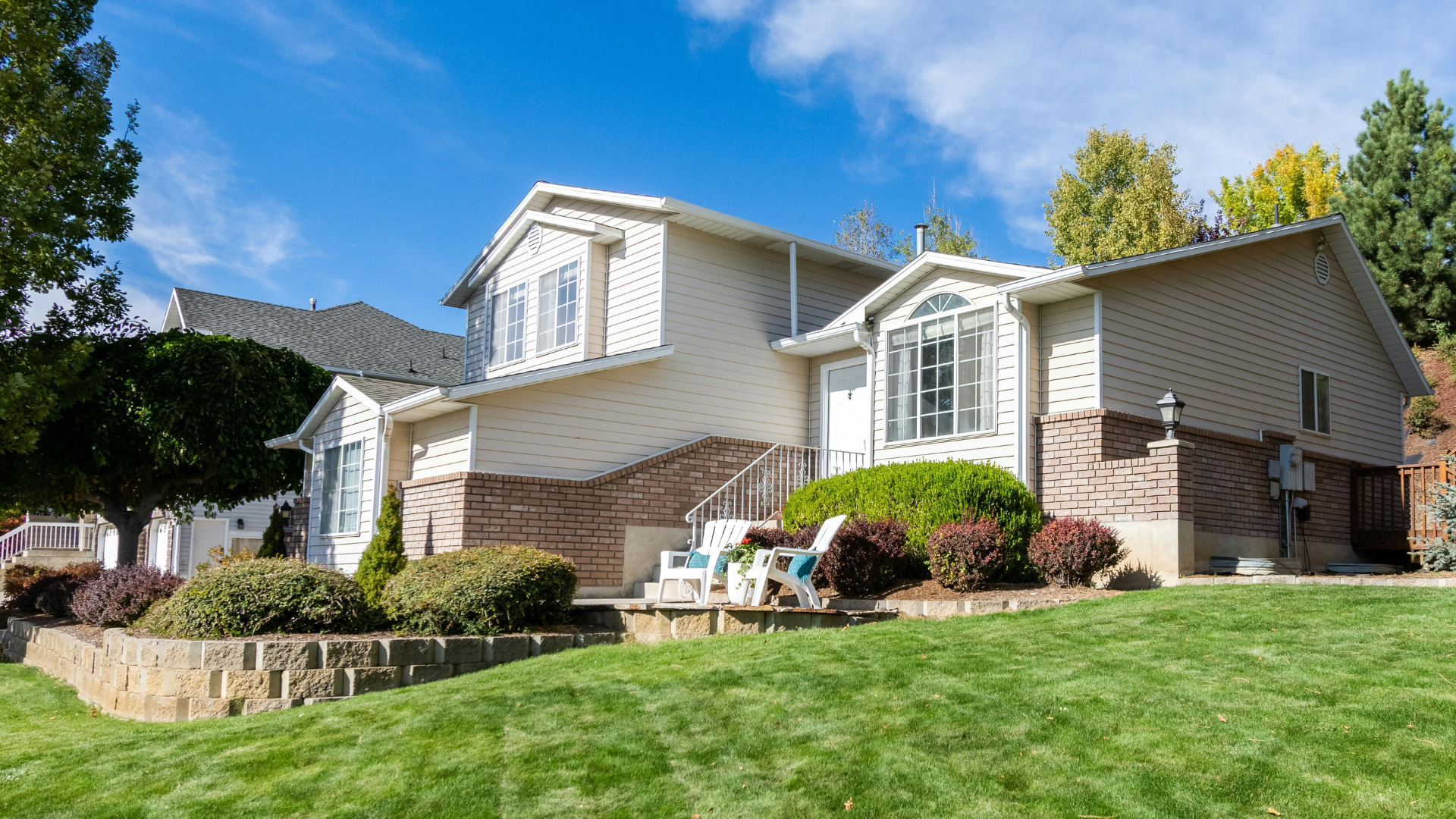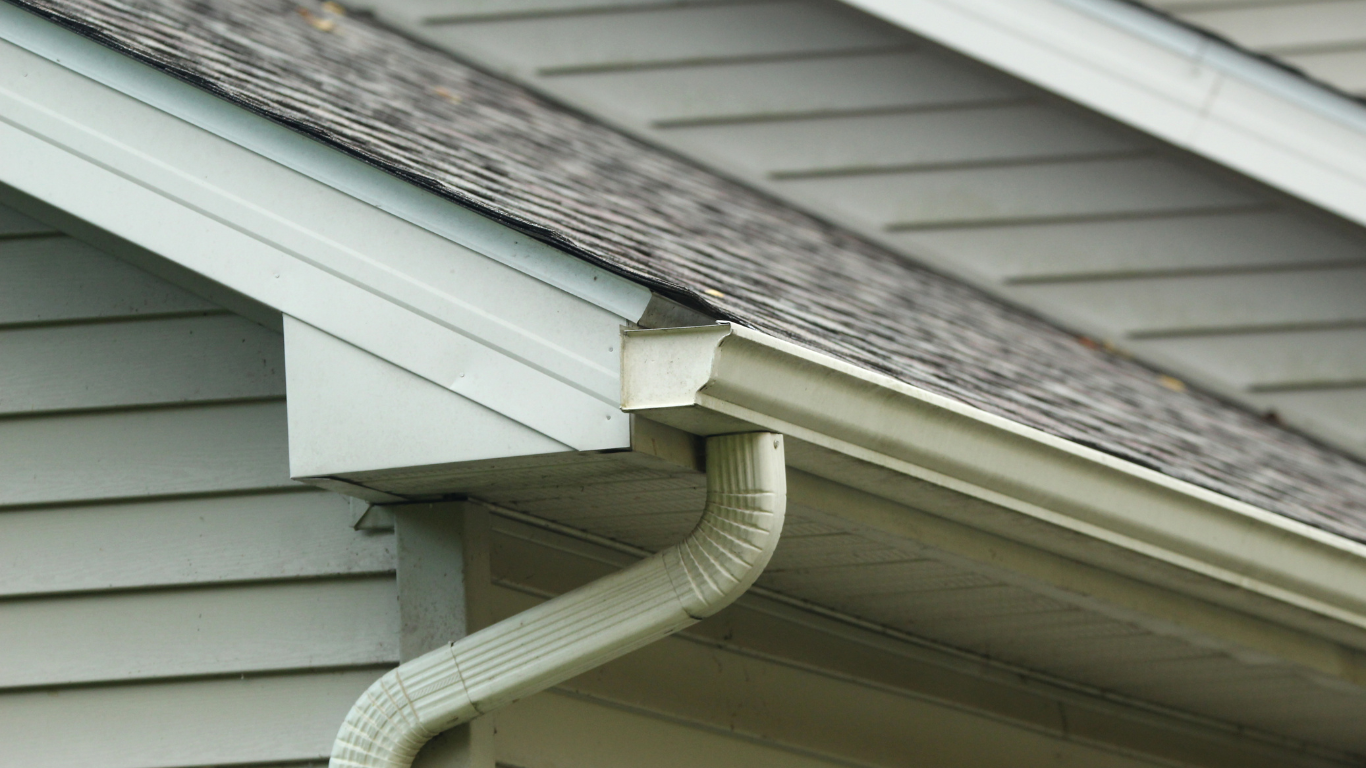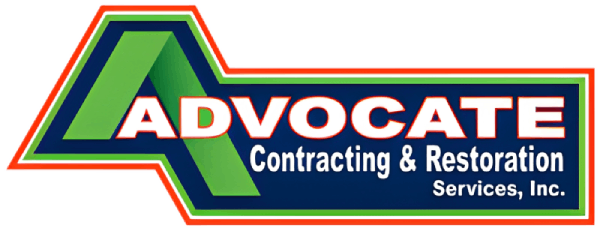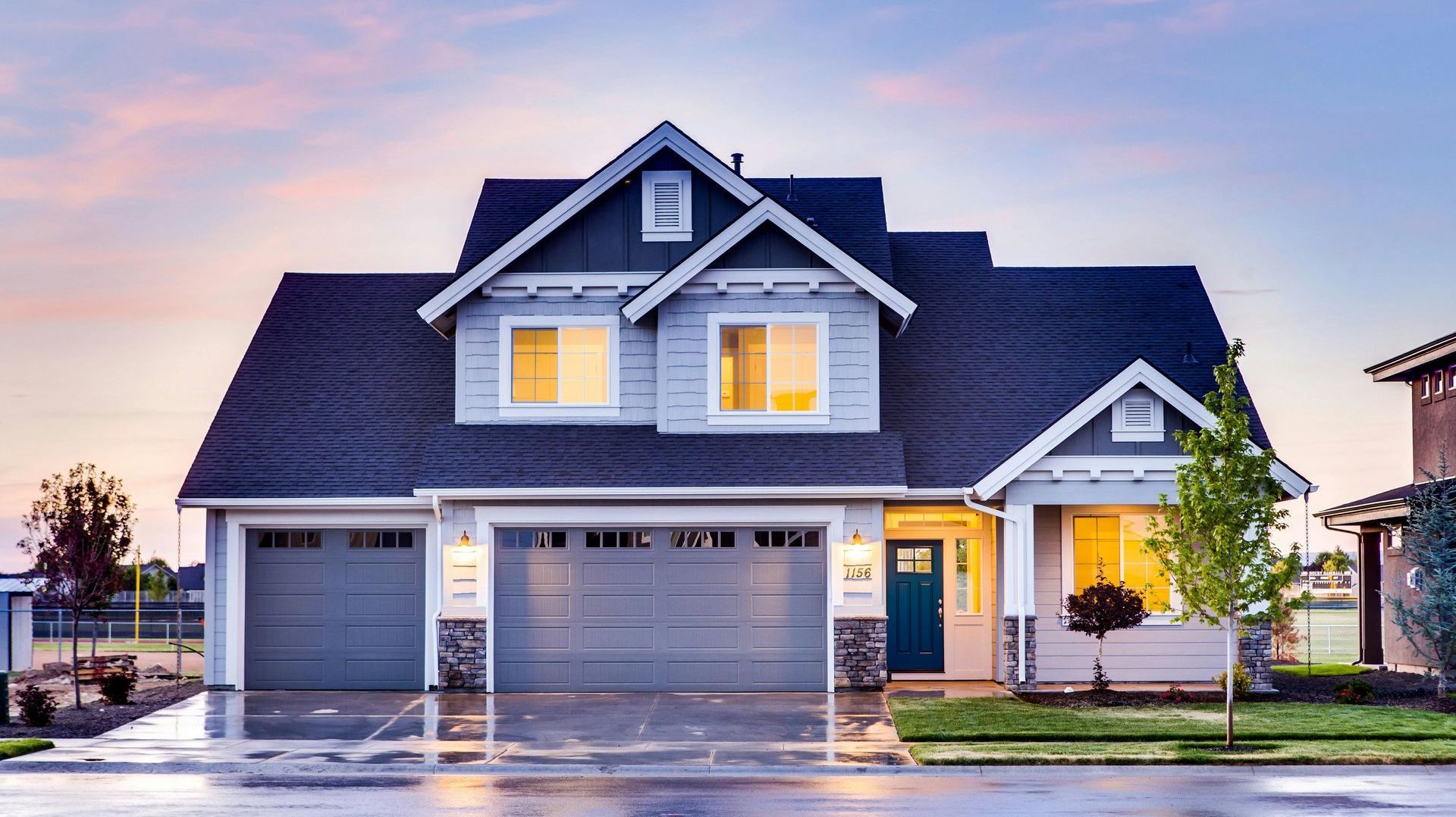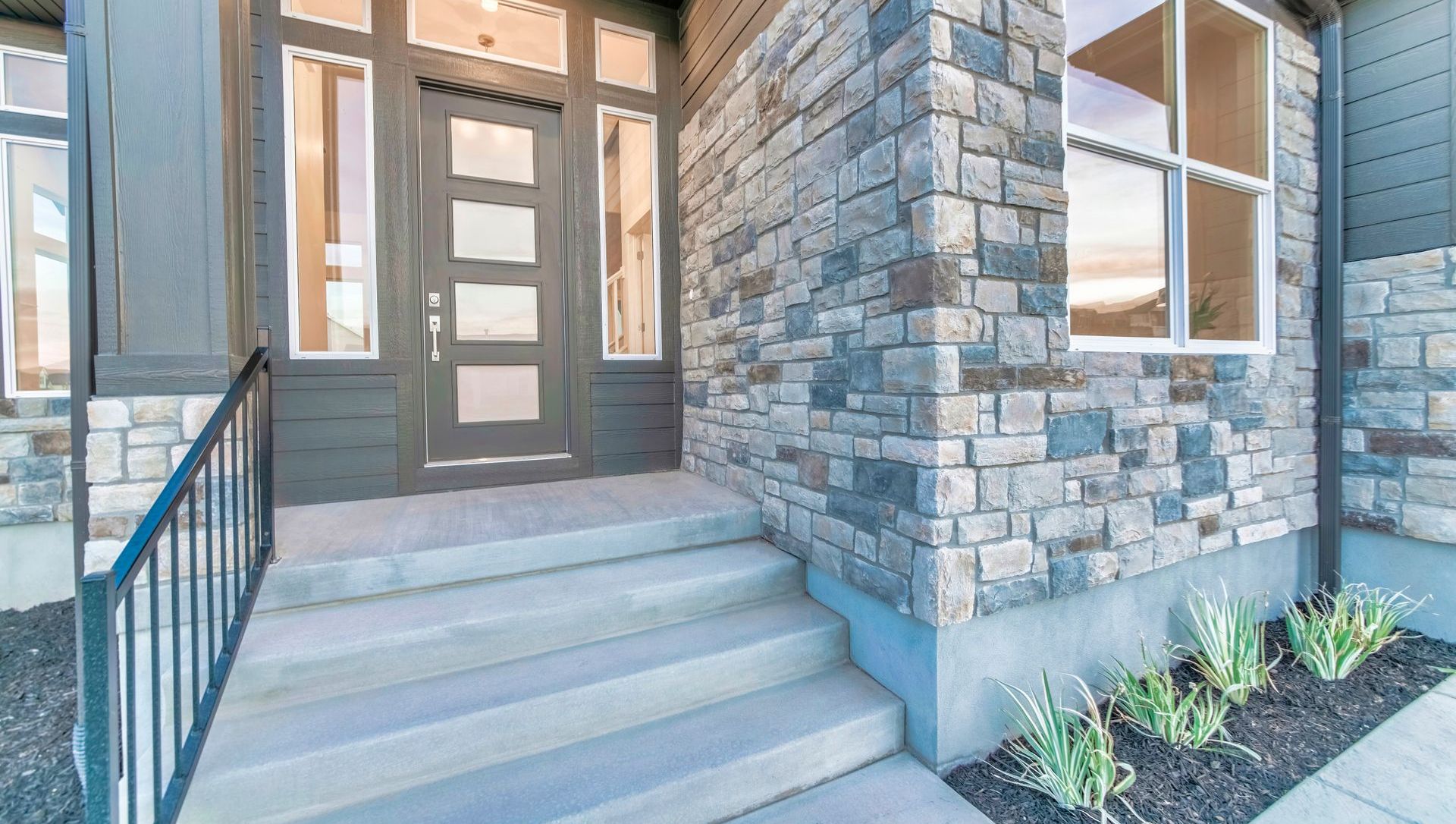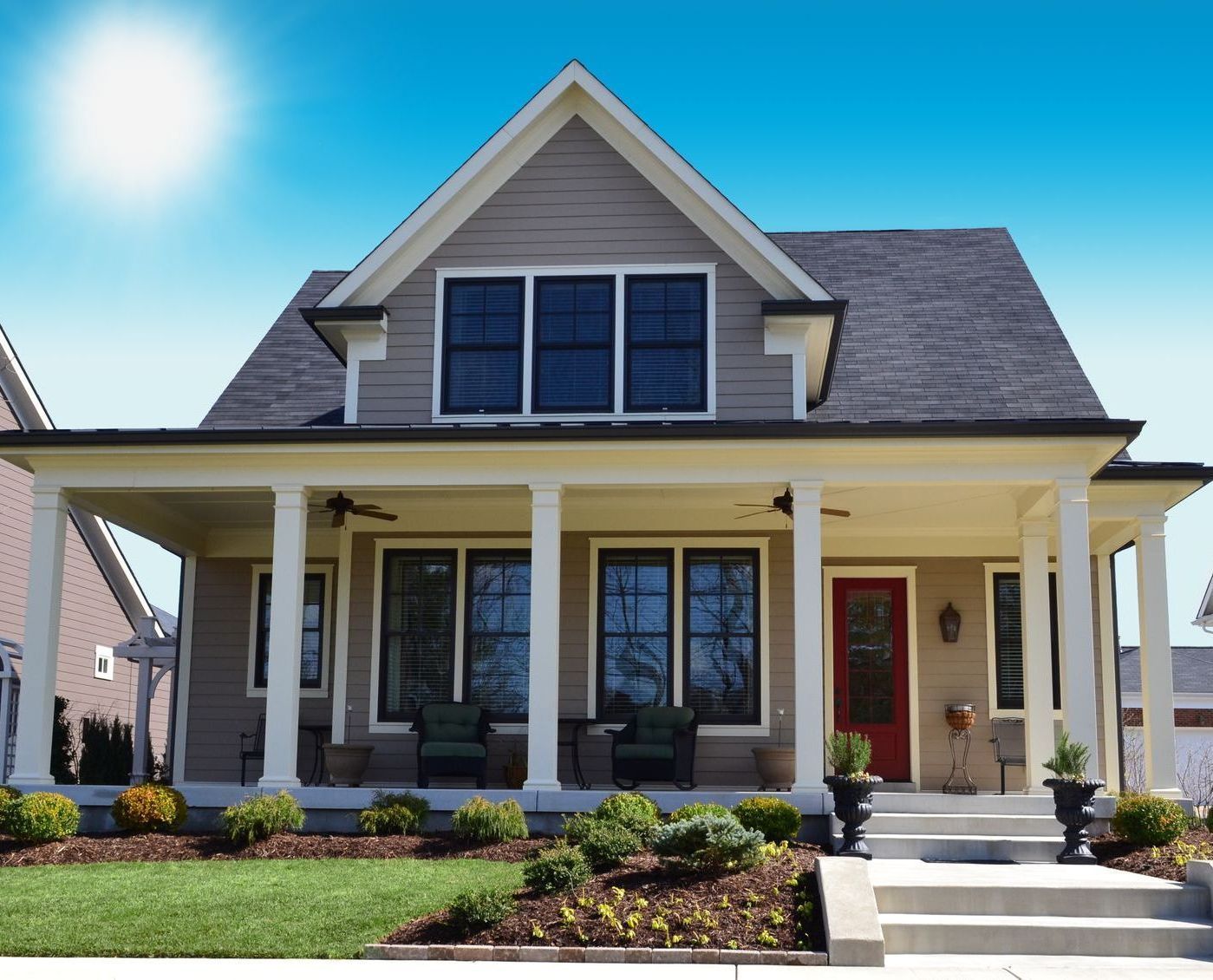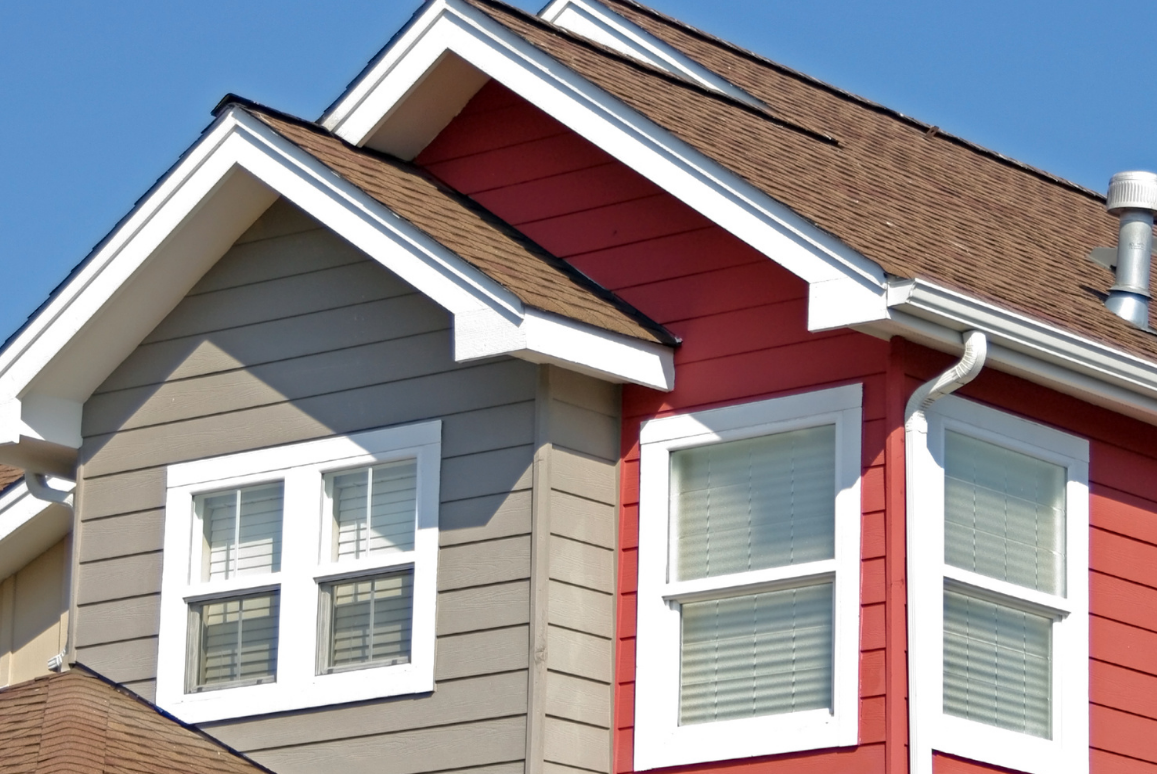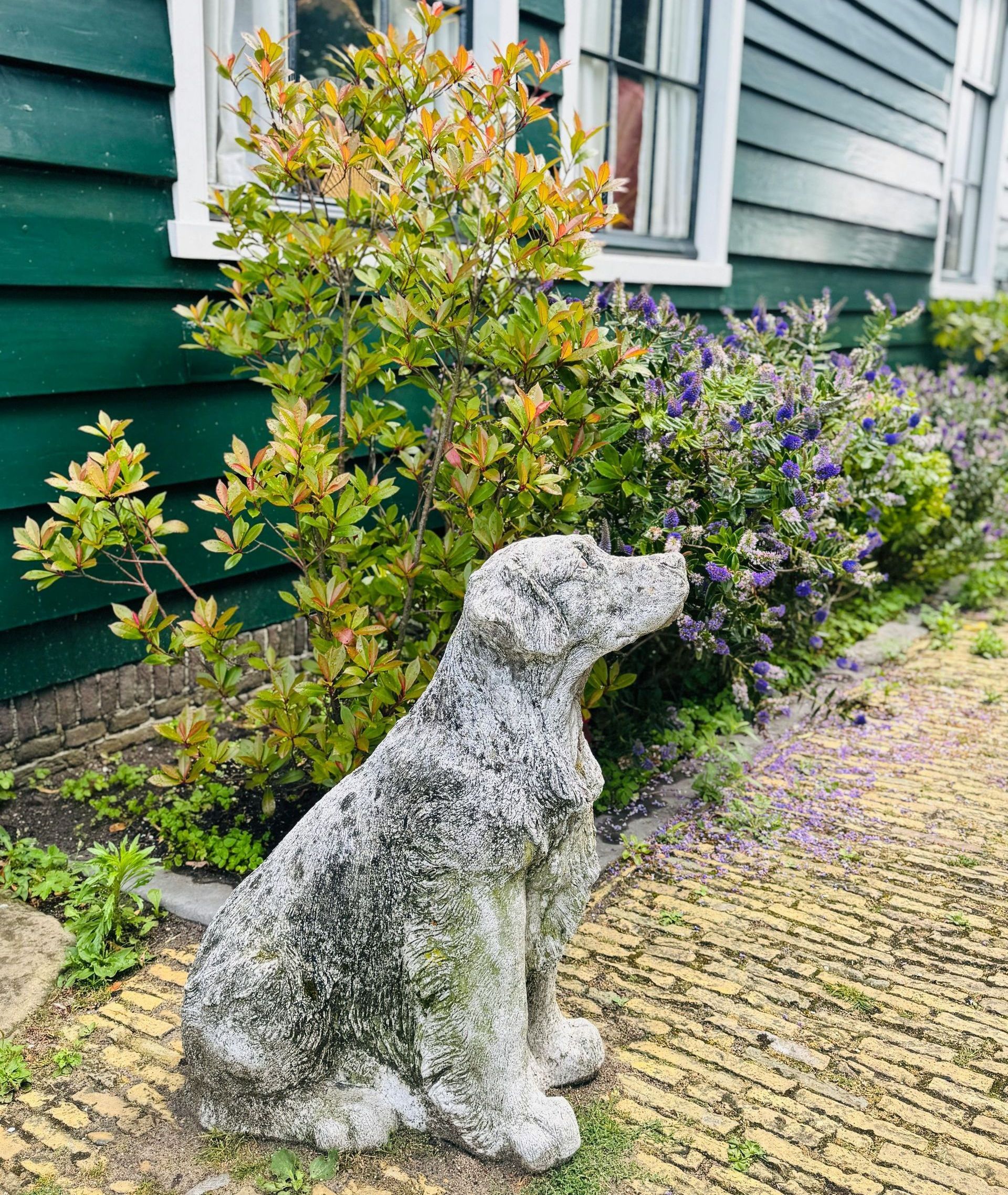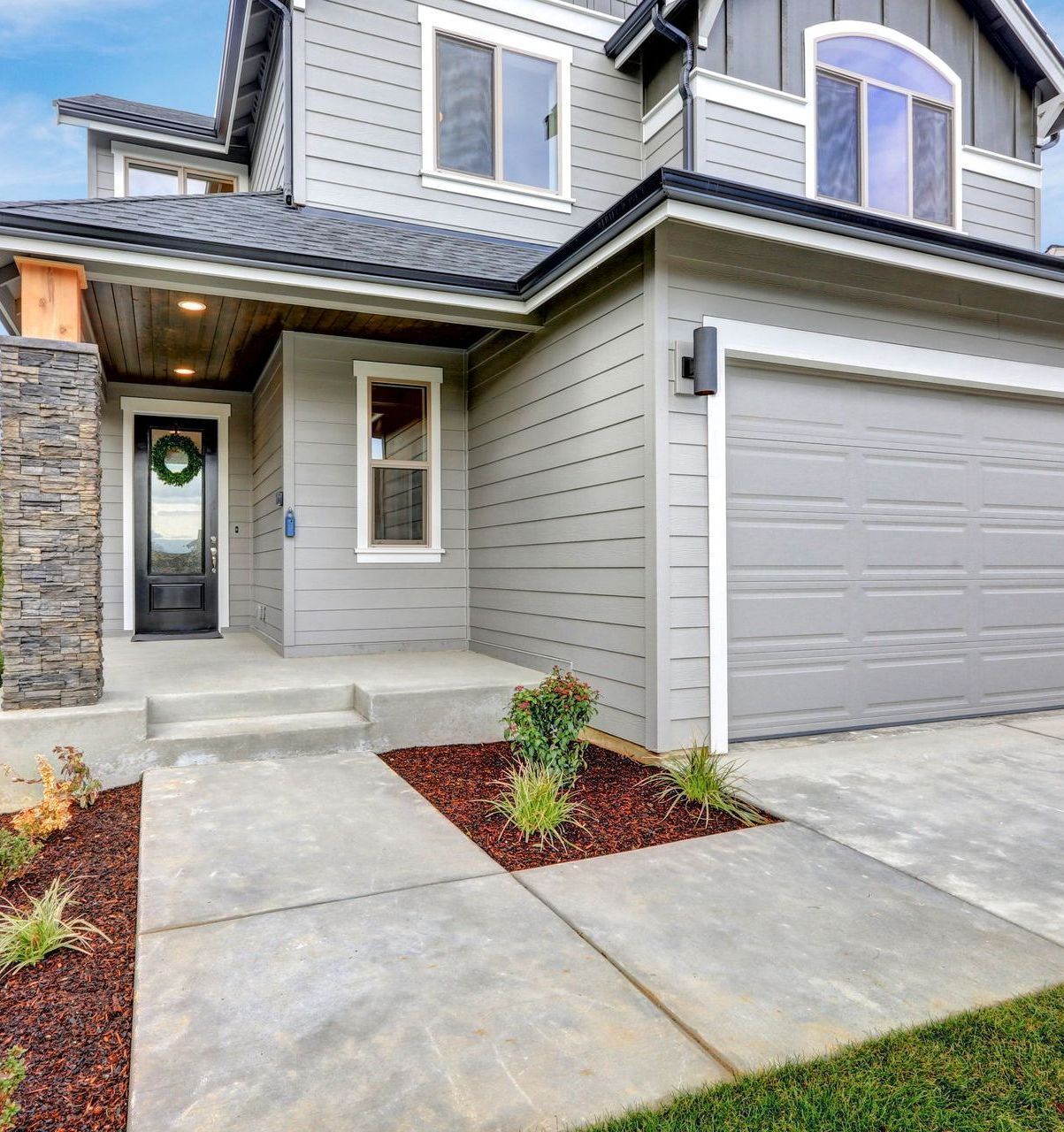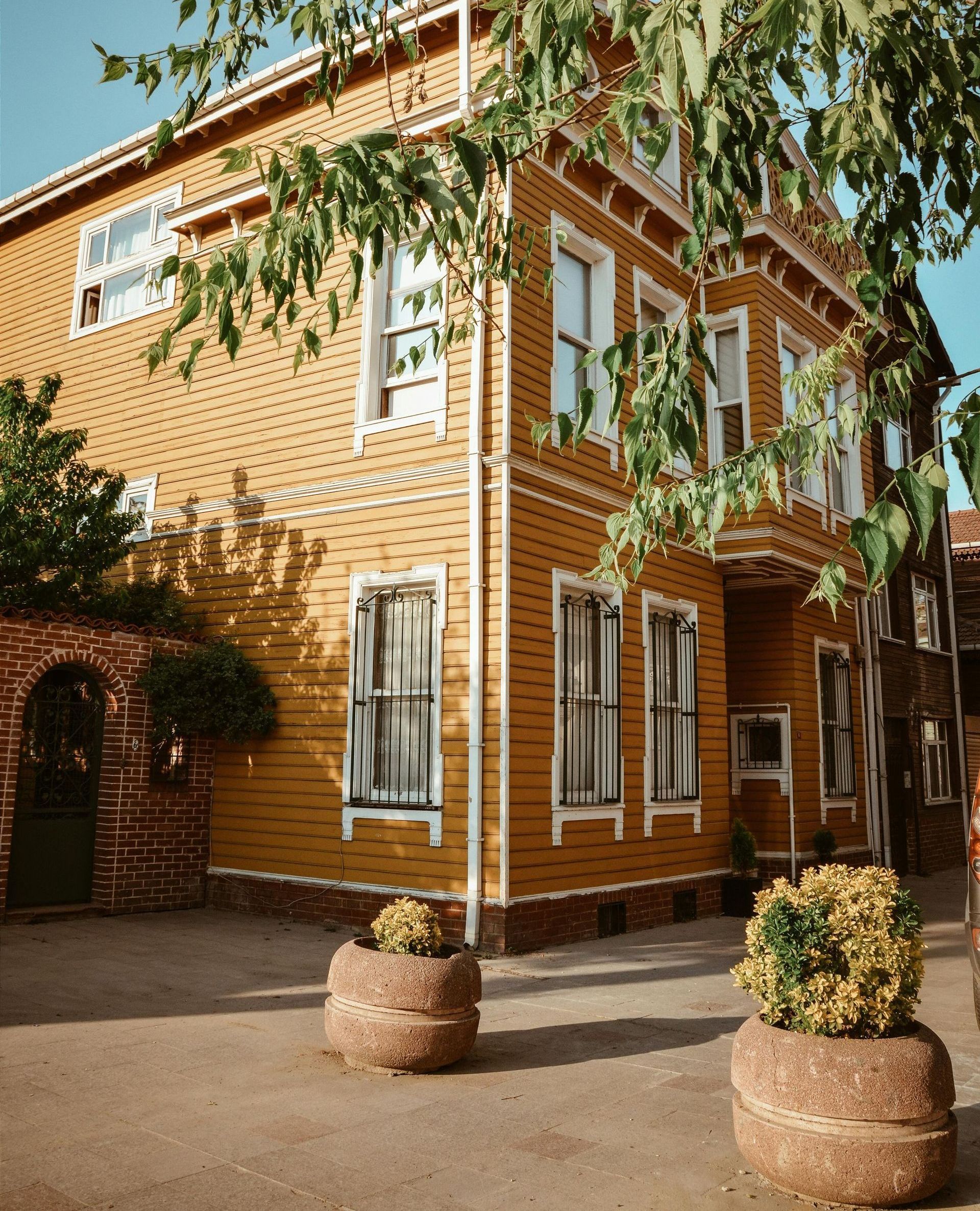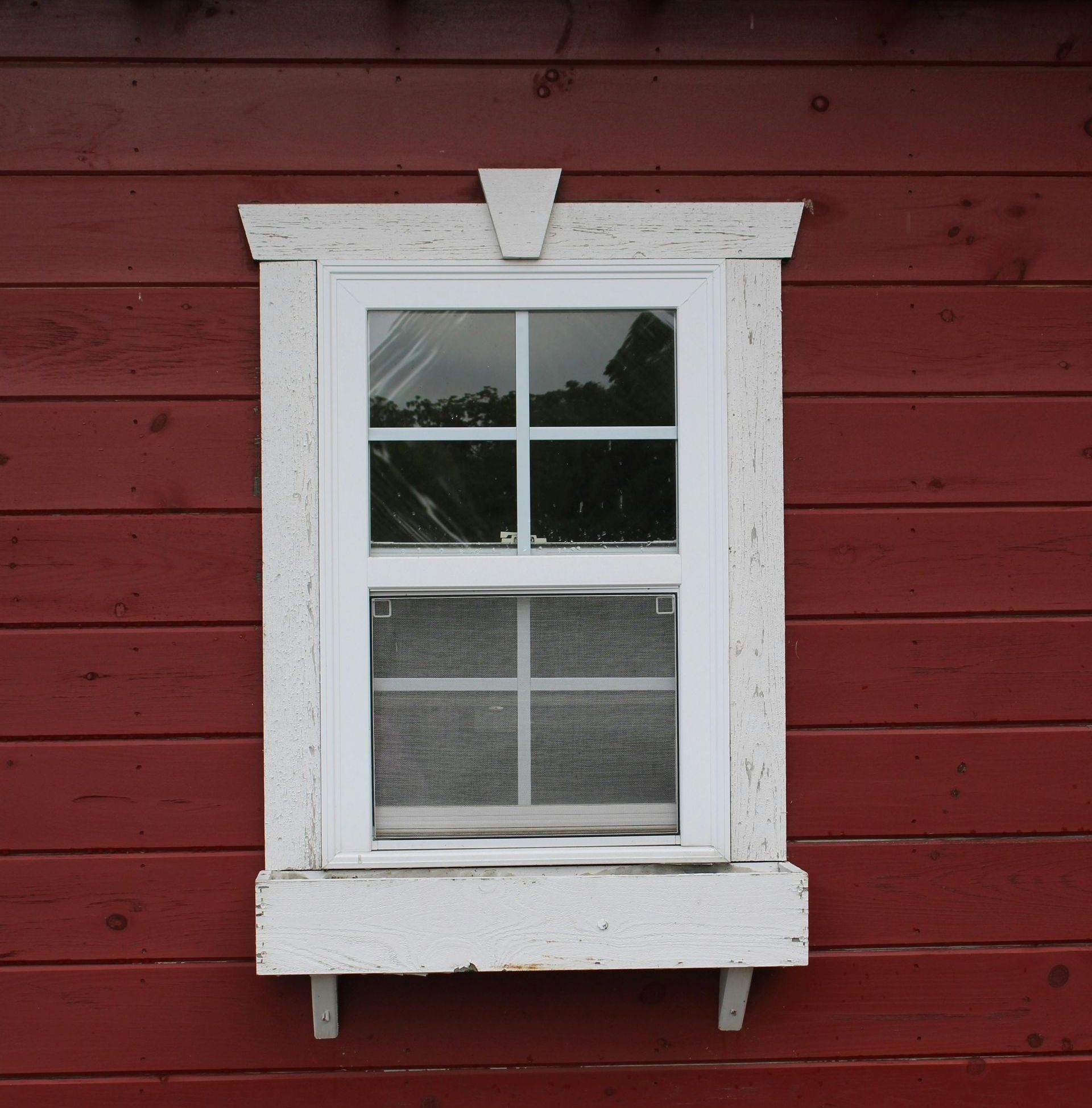What’s Hiding Behind Your Old Siding? Signs of Hidden Moisture Damage
The Hidden Costs of Failing Siding
When most homeowners think about siding, they think about appearances — color, texture, curb appeal. But siding has a far more important role than aesthetics. It’s your home’s first line of defense against wind, rain, snow, and temperature extremes. When siding begins to fail, it can allow moisture to penetrate the exterior shell of your house, leading to hidden and expensive damage behind the surface.
At Advocate Contracting & Restoration Services, we replace aging siding systems throughout Wisconsin and Illinois. We have seen firsthand how undetected water infiltration can compromise a home’s structural integrity — and how addressing it early can prevent thousands in future repairs. Here’s what you need to know.
How Moisture Gets In
Over time, even high-quality siding can begin to break down. UV exposure, wind damage, freeze-thaw cycles, and poor installation all contribute to vulnerabilities in the system. Small cracks, warped panels, or improperly sealed joints may not seem urgent, but they can allow water to seep behind the siding during rain or snowmelt.
Moisture that gets trapped behind siding has nowhere to go. It can collect against the sheathing, penetrate insulation, and create ideal conditions for
mold, mildew, and rot — all hidden from view.
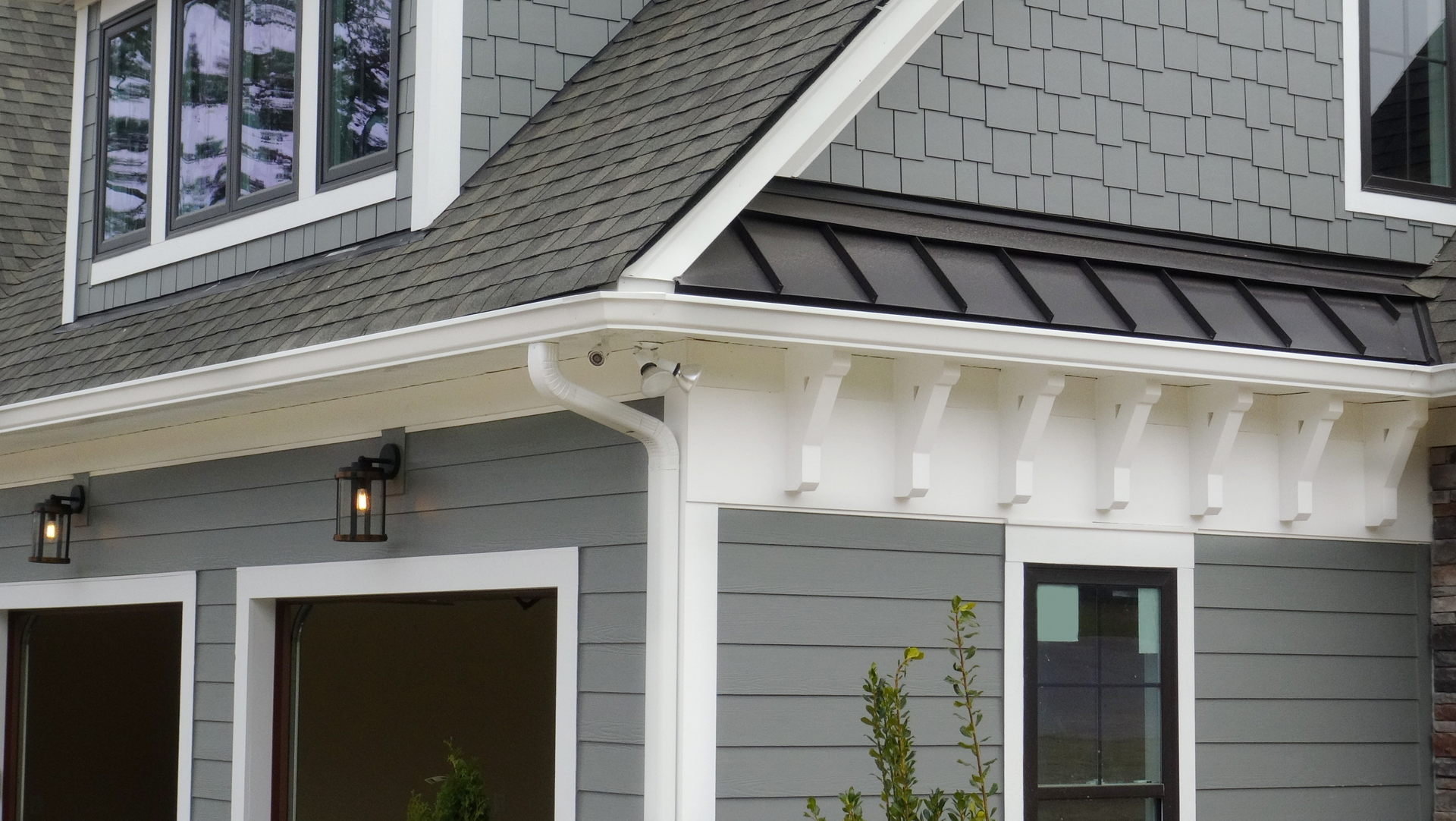
Common Signs There’s a Problem Behind the Walls
Because much of the damage occurs out of sight, many homeowners do not realize they have a moisture issue until it becomes severe. Look for these warning signs around your home’s exterior and interior:
- Warped or buckled siding panels
- Soft or spongy spots on exterior walls
- Visible mold or mildew on siding or trim
- Peeling paint or wallpaper inside the house
- Musty odors, especially near exterior walls
- Increased pest activity around siding joints
Any one of these signs may indicate that water is getting behind your siding — and doing damage that could worsen with time.
What We Often Find During Siding Replacement
During siding replacement projects, we frequently uncover issues that were never visible from the outside. These include:
- Rotted OSB or plywood sheathing
- Wet, compacted insulation
- Fungal growth inside wall cavities
- Structural framing damage from long-term exposure
When left unaddressed, this kind of damage doesn’t just affect your siding — it can spread into window frames, roofing elements, or even your home’s foundation. That’s why replacing compromised siding is not just a cosmetic upgrade — it’s a structural safeguard.
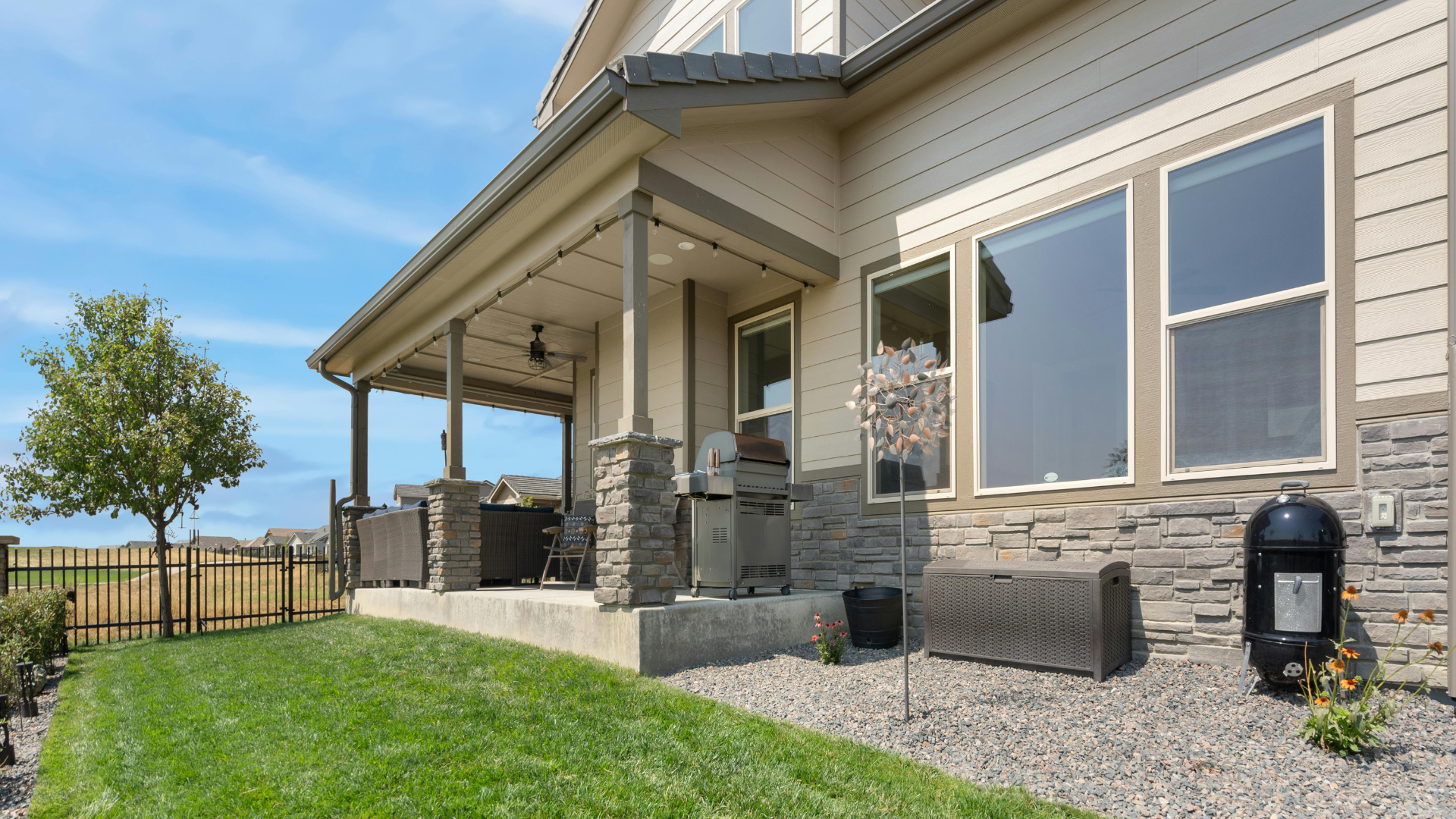
Why Full Siding Replacement is the Right Solution
Patching a single section of siding may offer a short-term fix, but it won’t address the underlying issues — especially if moisture intrusion is already underway. At Advocate Contracting, we recommend full replacement when siding is past its prime or when damage is widespread.
A full siding replacement allows us to:
- Inspect and replace damaged sheathing or framing
- Install a high-performance moisture barrier or house wrap
- Seal around all penetrations, doors, and windows
- Apply new siding with correct flashing and fastener techniques
- Ensure proper ventilation to reduce future moisture buildup
We work with proven siding materials such as James Hardie fiber cement and CertainTeed vinyl siding, chosen for their durability and performance in Midwest conditions.
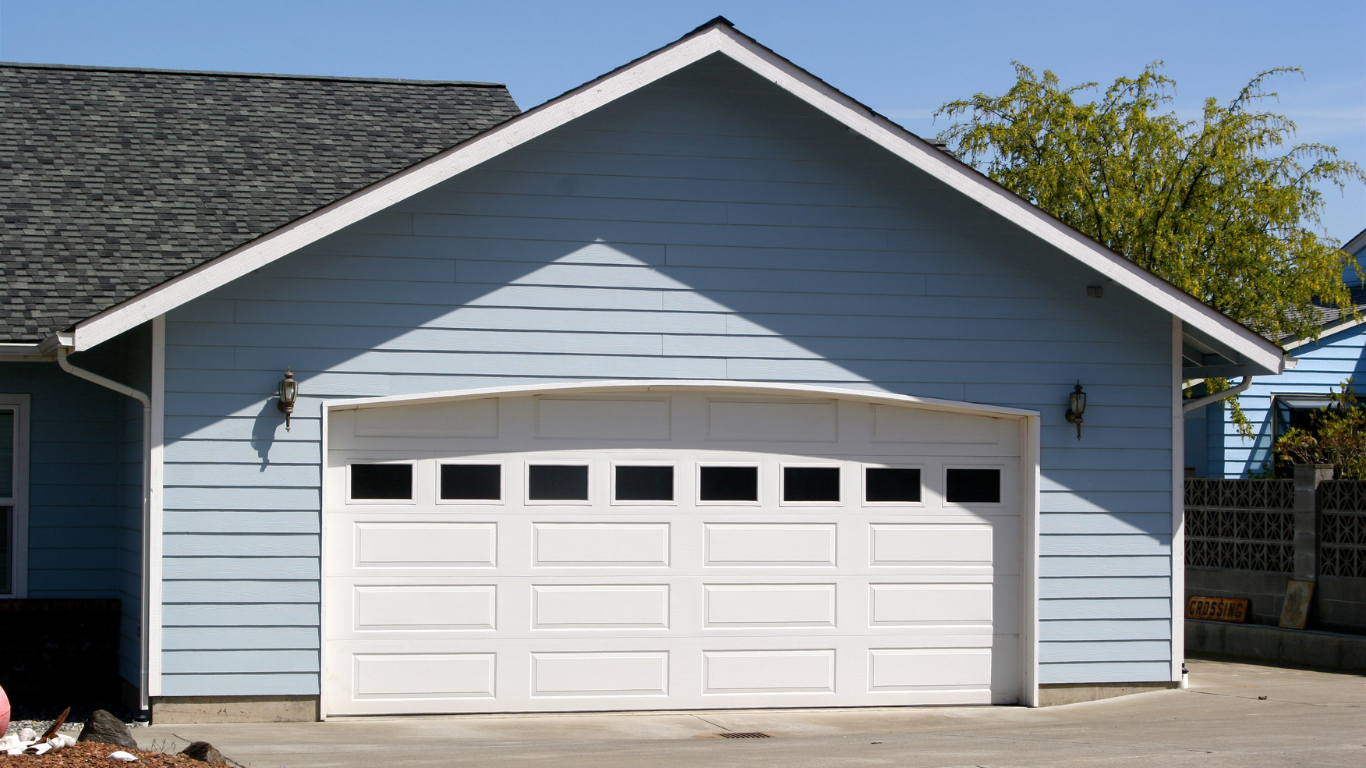
Don’t Wait for Moisture Damage to Surface
By the time water damage becomes visible, the structural toll may already be significant. Replacing old siding is one of the most effective ways to protect your home — and one of the few upgrades that improves both appearance and function.
If you suspect your siding may be failing, or if your home is more than 20 years old and has never had a siding replacement, now is the time to schedule an evaluation.
Contact Advocate Contracting & Restoration Services today to schedule a siding consultation. Our experienced team will assess your home, explain your options, and help protect your investment from the inside out.
